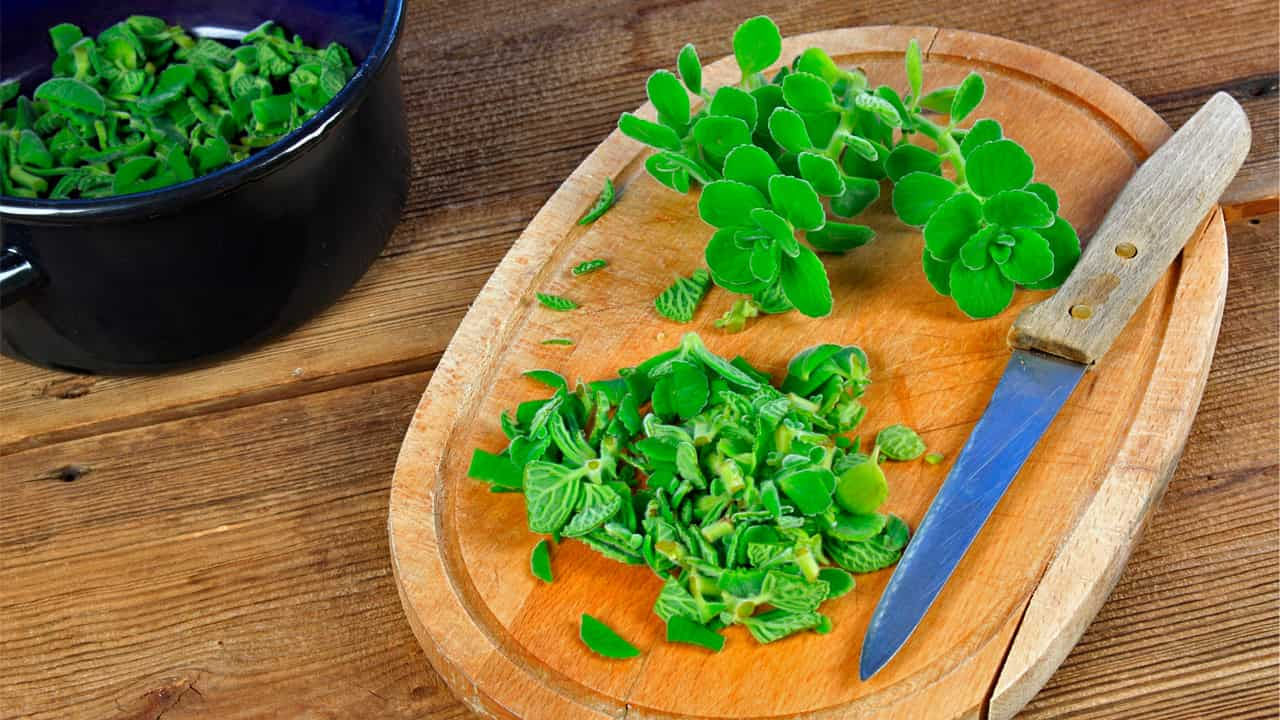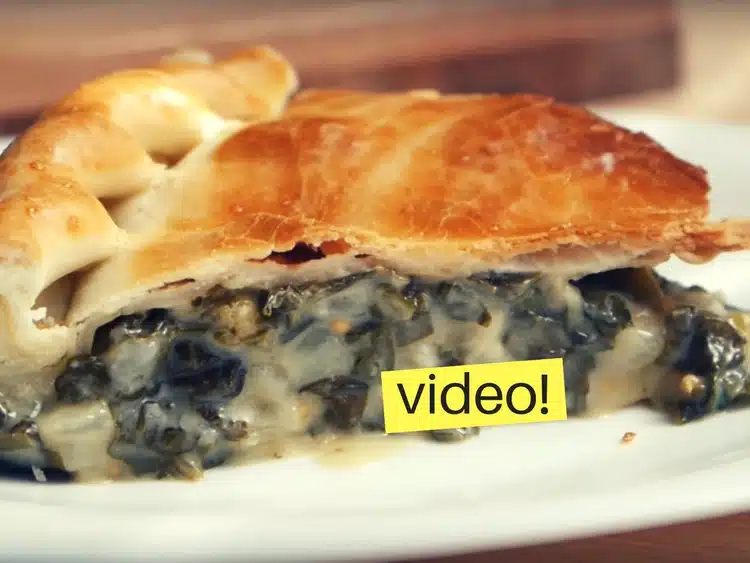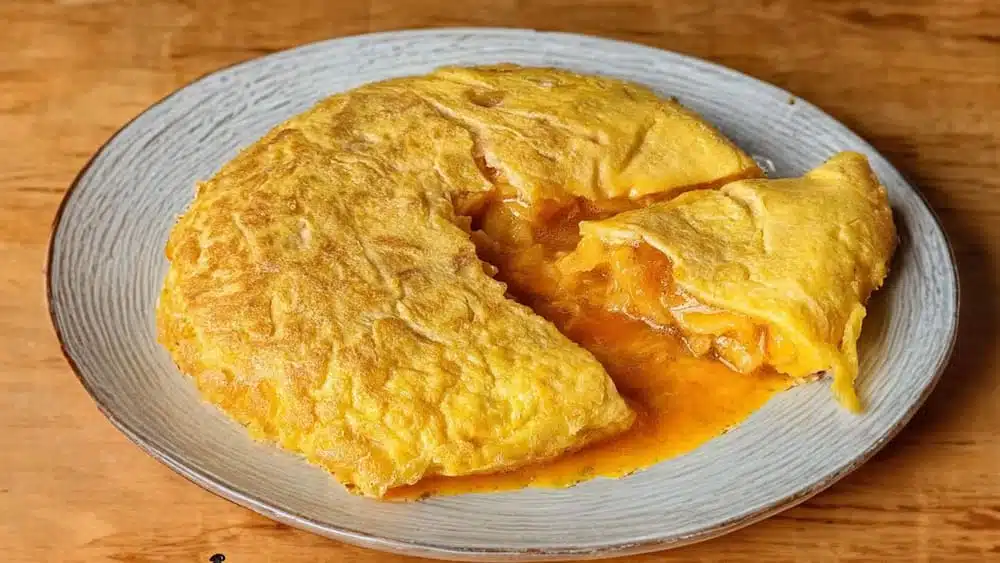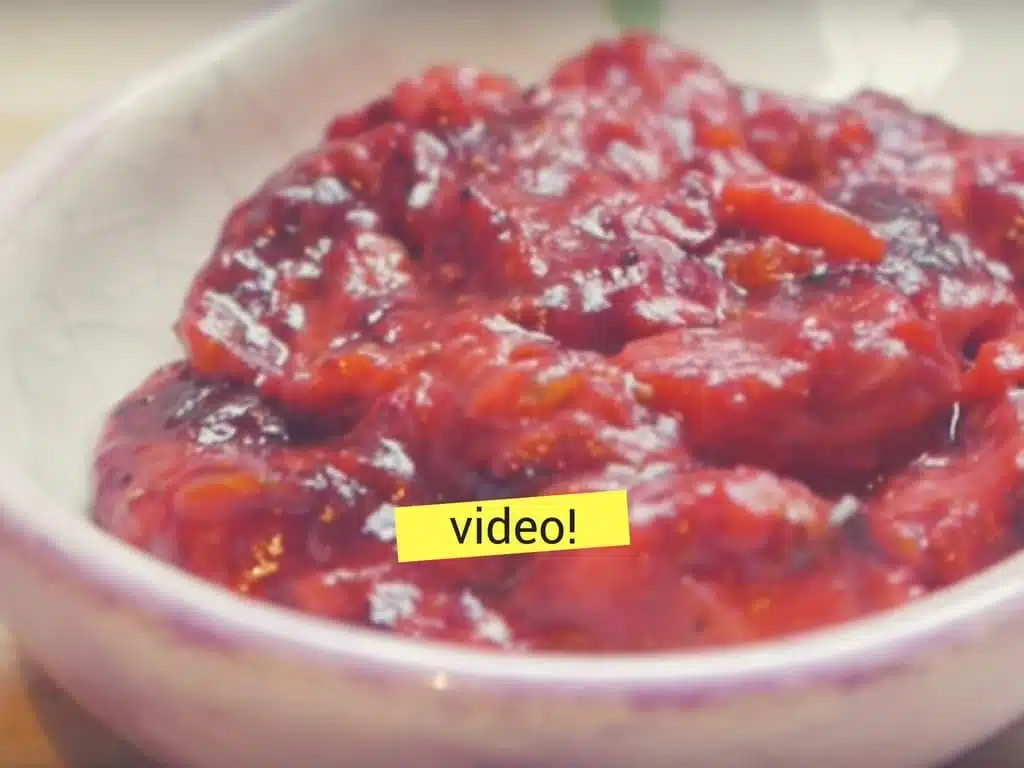Aló my estimates! Welcome again to Paulina Kitchen. I hope they have been very good this week as much as I Today we are going to talk about a not so used vegetable but that is beautiful, rich, versatile and is full of properties. I will tell you what it is, how it is used, some recipes and so on. Let's start talking about the borage ! It is known for being a vegetable for medicinal purposes, its uses and characteristics are quite particular.
Content table
About the borage
What is it?
Borage is a plant originally from the Mediterranean so wild that grows on the margins of the road and planted. Anyway, we can currently find it in other parts of the world since it is highly adaptable to adverse climates. It is a plant that lasts all year and is easily identifiable because it is covered with an erred hair.
It is also popularly known with the name of Borrago, Aboard, Alcoholio, Argabazo, Drunk, drunkenness, sheep, borrain, drunk, cordial flowers, corm , etc.
His scientific name is Borago officinalis . This plant can reach almost a meter high and its leaves are oval, dentated and large. All complete for various medicinal purposes and culinary uses is used.
The varieties are cultivated boraja, Borago officinalis and the wild boots. It can be used as a vegetable in different preparations, especially in the Eurosiberian and Mediterranean regions. In addition to culinary use, it has medicinal use.
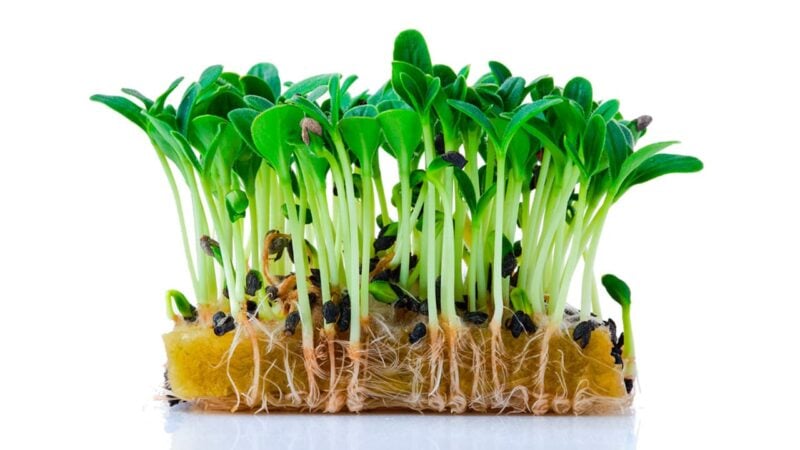
Plant Properties
- It is mostly composed of water, it contains very few calories, fats, carbohydrates and lipids. It provides large amounts of vitamins A and C, potassium, iron, phosphorus, calcium and magnesium.
- It contains mucilage (viscous substance inside the stem) so it is ideal to treat flu, cough, fever and all symptoms related to diseases of the upper respiratory system. It also fights constipation and is used as a diuretic.
- The seeds, rich in Omega 6 and Omega 3 and its oil.
- Plant oil is an excellent menstrual regulator, has analgesic effect of associated pains and has vasodilator effect. It also prevents circulatory disorders and balances cholesterol.
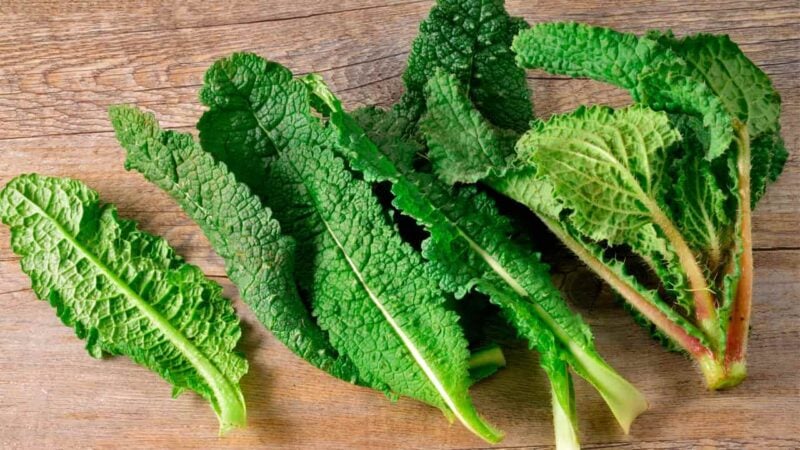
How do you eat?
It is widely used in some parts of Spain and it is quite common to find it as an entrance dish in Greece. The fleshy stem and blue or white flowers are edible . The fleshy stem is called Pencas and can be used after cleaning them well. Seeds are also used and of course leaves.
- Steamed: they must be tender but not get rid of. The suggested time of this type of cooking is between 8 and 10 minutes.
- Boiled : It is the ideal method if they will be served as part of a soup, broth, stew, stew or stew. Otherwise, to make them alone they can be tasteless since they lose their flavor and properties in the water.
- Baked: It is not advisable to make them alone because, like any green leaf, it will be resected. It is best to cover it with some sauce, thus being ideal as a complement to any main dish.
- Frigues : It is the least recommended cooking form since we remember that they have a lot of liquid. In case of wanting to do them the same I recommend using very little oil, just to brown over low heat.
I leave this video full of tips and tricks to cook green leafy vegetables !
Recipes with borage
1. Building with legumes
- Yields: 4 people
- Preparation time: 1 hour
Ingredients
- 1 kg of sheep.
- 3 garlic cloves.
- Salt to taste.
- 1 teaspoon of paprika.
- 400 gr of the legume you choose.
- Extra virgin olive oil.
- 1 teaspoon of curcma.
- 1 handful of parsley.
Step by recipe
- Boil the legume chosen until it is tender but firm, in water with the curcma.
- Strain and reserve on the one hand the legumes and on the other the resulting broth.
- Put salt with salt water in a casserole.
- Add to this clean and pieces.
- Let boil between 12 and 15 minutes. Once ready strain and reserve the borage.
- Peel and cut the 3 garlic cloves into fine sheets.
- Heat 4 tablespoons of extra virgin olive oil in a casserole.
- Add the garlic sheets and stir until brown. Reserve on a separate plate.
- In the oil that remained of cooking add the paprika taking care that it does not burn.
- Enter the legumes and gently mix 1 minute.
- Add cooked, mix and cook for 3 more minutes.
- Plater each portion and decorate with garlic sheets and a little parsley.
2. Black sauteed and chicken
- Yields: 4 people
- Preparation time: 30 minutes
Ingredients
- 1 kg of sheep.
- 3 garlic cloves.
- Salt to taste.
- 1 handful of parsley.
- 2 complete chicken thighs.
- Extra virgin olive oil.
- Black pepper to taste.
Step by recipe
- Wash and cut in pieces of 4 cm the borage.
- Boil water with salt and pepper in a casserole.
- Add to the boiling water clean and in pieces. Let scald for 3 minutes. Strain and book the borage.
- Clean the chicken thighs well, remove the skin and bone.
- Cut the chicken into approximately 3 x 3 cubes. Salpimentar.
- Peel and cut the 3 garlic cloves into sheets.
- Heat 4 tablespoons of extra virgin olive oil in a casserole.
- Add the garlic sheets and stir until brown.
- Add chicken dice to preparation.
- Brown for 3 or 4 minutes over maximum fire.
- Add chopped parsley and boraja pieces. Continue browning for 3 more minutes.
3. Blackproof cream
- Yields: 4 people
- Preparation time : 30 minutes
Ingredients
- ½ kilo of boraja leaves
- 1 large onion
- 1 leek
- 1 potato
- Extra virgin olive oil
Step by recipe
- In a casserole heat the extra virgin olive oil.
- Incorporate the onion and the leek clean and cut into small pieces.
- Add the boiled and chopped potato.
- Add clean and chopped boraja leaves.
- Cover all preparation with water.
- Leave cooking over medium heat for 30 minutes. Control that the preparation does not stay without water and add.
- Once this time has passed, crush in blender until you get a homogeneous cream.
- Leave cooking until the cream breaks the boil. Before serving it must be rectified with salt and pepper.
And ready! To enjoy these three spectacular booth options.
